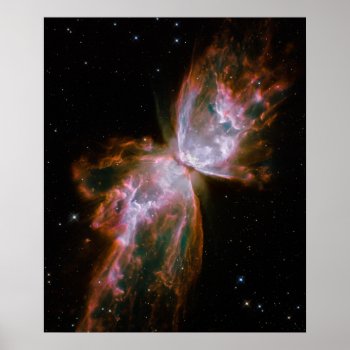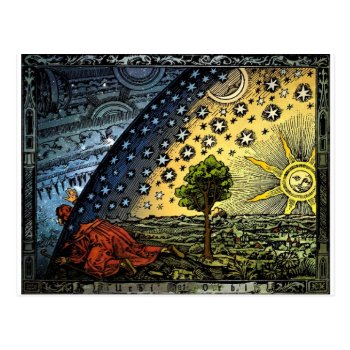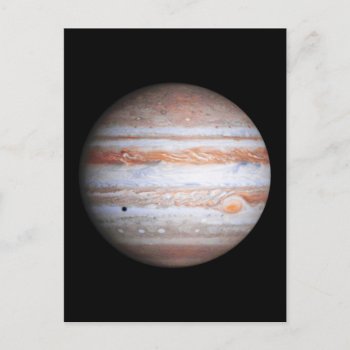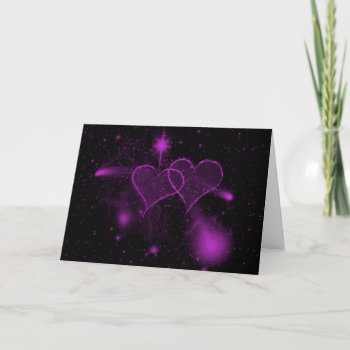An astronaut on the moon with the reflection of a fellow astronaut in his helmet
Tag Archives: astronomy
Butterfly Nebula Print
Butterfly Emerges from Stellar Demise in Planetary Nebula NGC 6302 From Wikipedia: NGC 6302 (also called the Bug Nebula or Butterfly Nebula), is a bipolar planetary nebula in the constellation Scorpius. It is one of the most interesting and complex planetary nebulae observed. The spectrum of NGC 6302 shows its central star is one of the hottest objects in the galaxy, with a surface temperature in excess of 200,000 K, implying that the star from which it formed must have been very large. The central star has never been observed and is surrounded by a particularly dense equatorial disc composed of gas and dust. This dense disc is postulated to have caused the star's outflows to form a bipolar structure (Gurzadyan 1997), similar to an hour-glass. This bipolar structure shows many interesting features seen in planetary nebulae such as ionization walls, knots and sharp edges to the lobes.
Continue reading
Galaxy Fox Fur Nebula ~ Take me to the Stars Case-Mate iPhone 4 Cases
You can customize the text or delete it if you wish.
Continue reading
Universum Postcards
A enigmatic woodcut of a man peering through the atmosphere to look at the inner workings of the universe.
Continue reading
ENHANCED image of Jupiter Cassini flyby NASA Post Card
We have enhanced this photograph to ensure color rich, yet accurate representation of the planet Jupiter.
Continue reading
Retro UFO Girl T-shirts
Retro UFO Girl
Continue reading
Center of Universe Card
Stars and comets shine brightly around the two lovers. Another possible insert could be by Amy Tan, “I am like a falling star who has finally found her place next to another in a lovely constellation, where we will sparkle in the heavens forever”.
Moon Phases Tote Bag
The Moon exhibits different phases as the relative geometry of the Sun, Earth, and Moon change, appearing as a full moon when the Sun and Moon are on opposite sides of the Earth, and as a new moon (also named dark moon, as it is not visible at night) when they are on the same side.
NASAs Pleiades Pinback Buttons
In astronomy, the Pleiades, or Seven Sisters (Messier object 45), is an open star cluster containing middle-aged hot B-type stars located in the constellation of Taurus. It is among the nearest star clusters to Earth and is the cluster most obvious to the naked eye in the night sky. Pleiades has several meanings in different cultures and traditions. The cluster is dominated by hot blue and extremely luminous stars that have formed within the last 100 million years. Dust that forms a faint reflection nebulosity around the brightest stars was thought at first to be left over from the formation of the cluster (hence the alternate name Maia Nebula after the star Maia), but is now known to be an unrelated dust cloud in the interstellar medium that the stars are currently passing through. Astronomers estimate that the cluster will survive for about another 250 million years, after which it will disperse due to gravitational interactions with its galactic neighborhood.
Continue reading










